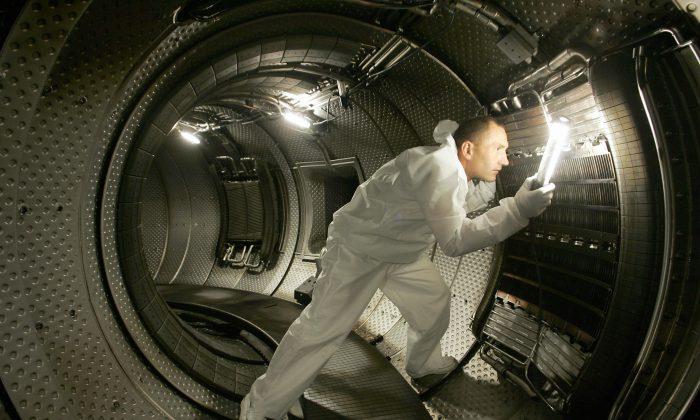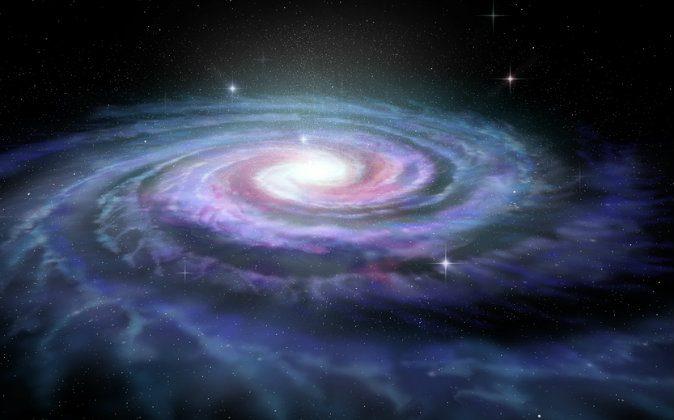In the not-too-distant future, clean renewable energy in the form of nuclear fusion may be achieved. Scientists at the National Ignition Facility (NIF) announced last month that they are very close to a nuclear energy solution.
What sounds like science fiction was actually achieved in the United States this past September. The scientists at the NIF have nearly achieved nuclear fusion’s “break even point,” or the point at which the energy put in is equal to the energy produced, according to NBC News.
Furthermore, the NIF team has expressed that the remaining barriers to overcome are engineering-related and not physics-related. Not much has been heard from the team since the government shutdown, which has apparently caused some public relations delays, according to CBS News.
Nuclear fusion—the process of combining two or more atoms together to produce new or different elements—has been a reality since the first Hydrogen bomb test in the 1950s. A controlled fusion reaction in the form of peaceful power generation, however, has so far been just a dream.
The team at the NIF has had strong success due to their method of using powerful lasers directed at a plasma cloud of boron-11 (an isotope of boron with an extra neutron). A proton beam hits the cloud from the opposite direction, forcing the two together and forming a byproduct of harmless beryllium and alpha particles.
The alpha particles are key to the clean energy aspect of the story because they can be harnessed and converted to electricity with relative ease. Typical fusion experiments involve a tokamak reactor—a doughnut-shaped reactor that confines and heats isotopes of hydrogen, usually deuterium and tritium.
However, this type of reaction has yet to reach the “break even point” and even produces thermal neurons, which bombard the reactor walls, producing a radioactive material that needs safe disposal over time similar to current nuclear waste. France’s International Thermonuclear Experimental Reactor is an example of a tokamak-style reactor.
The NIF’s recent success can be attributed to advancements in laser technology, which has yielded more powerful and sophisticated lasers. The NIF laser can reach 4 million joules of energy in about 5-millionths of a second, according to CBS News.
However, the experiment is still in the laboratory phase and it may be many years before we see commercial laser fusion power plants powering our homes.




